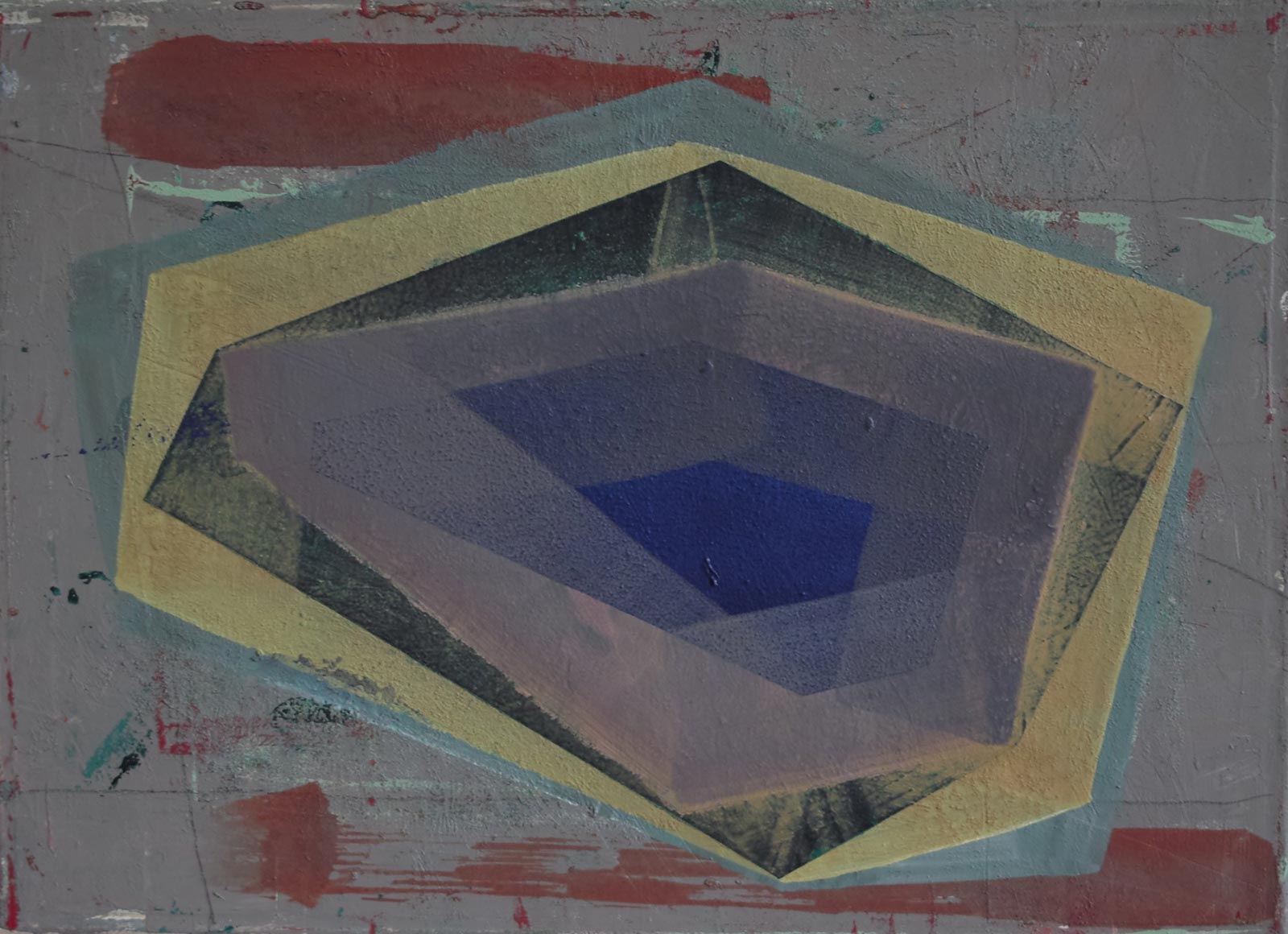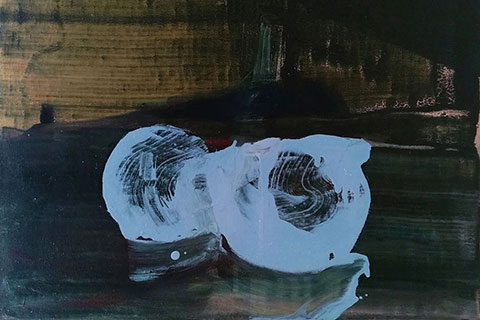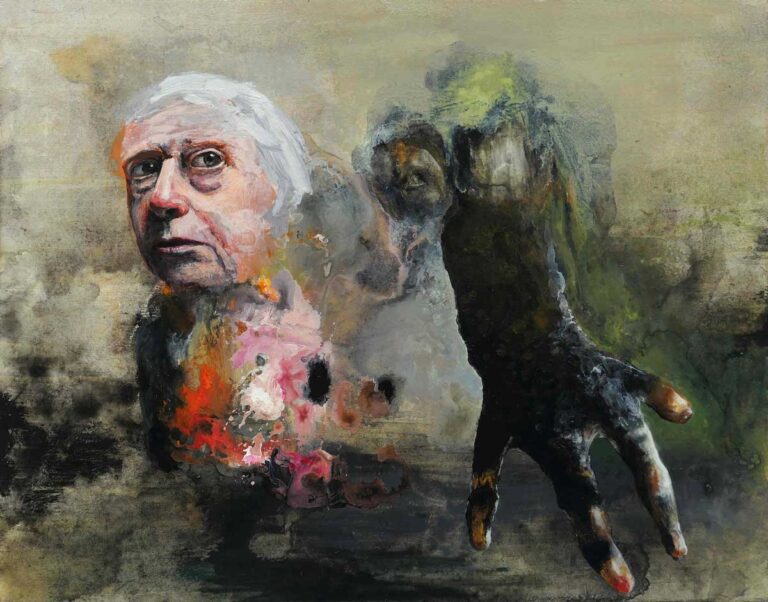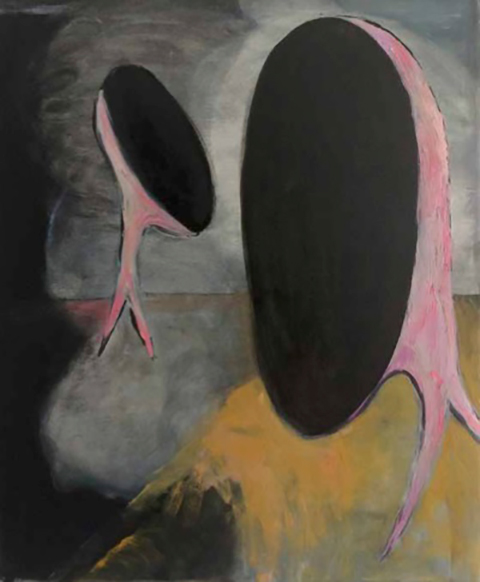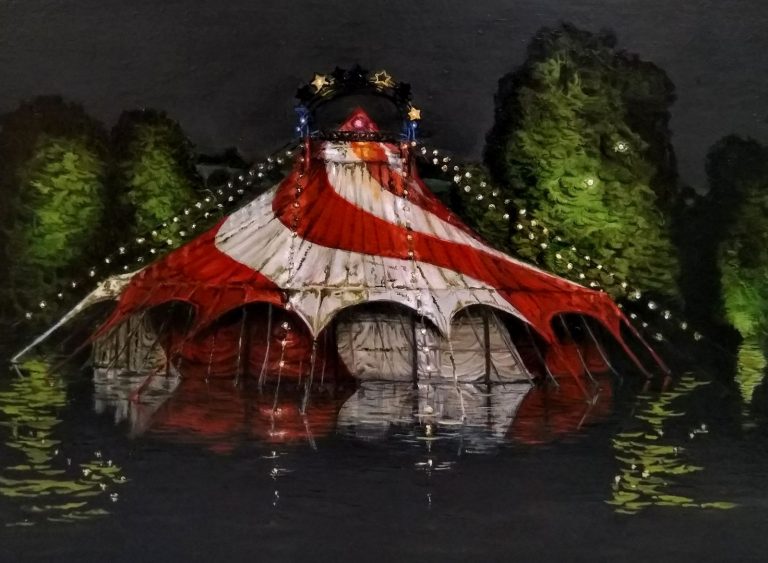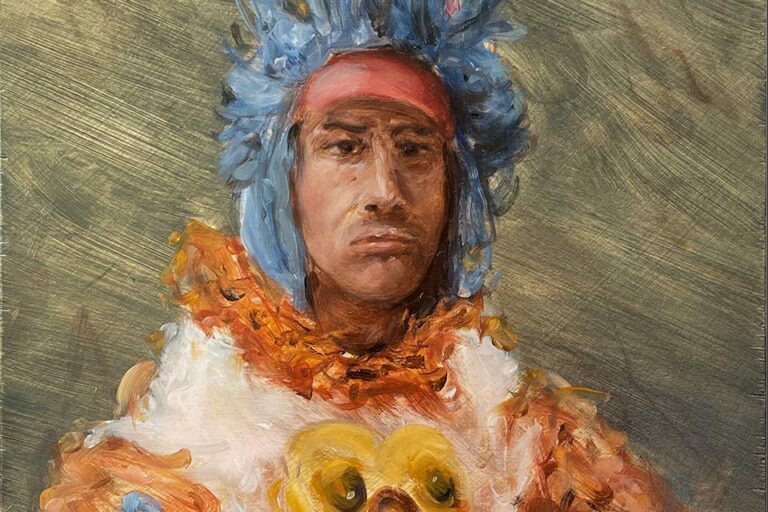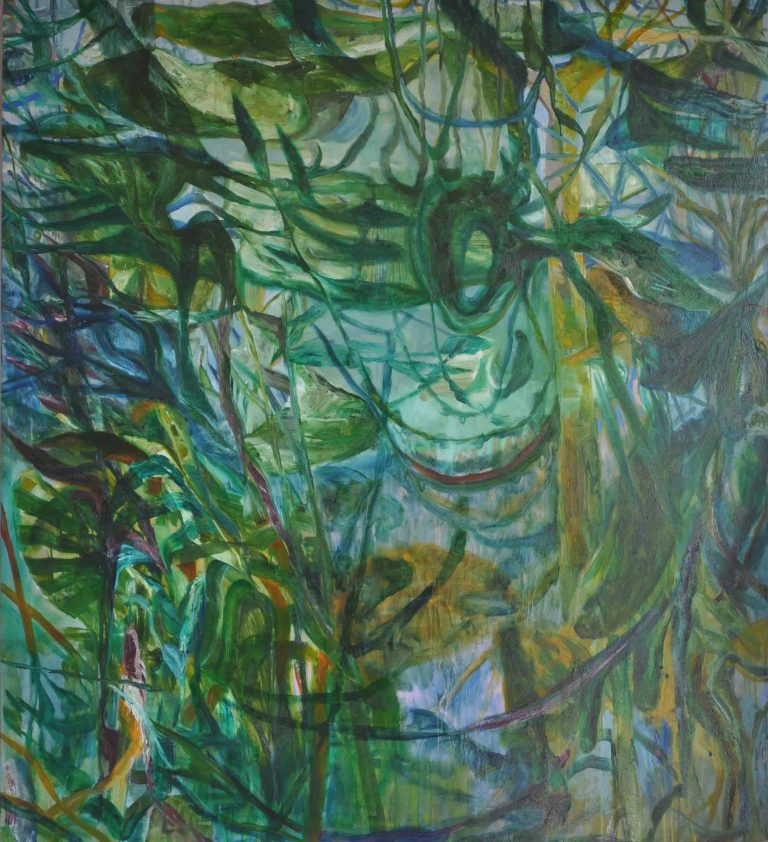Lines for Agnes
An essay by Terry Greene
An essay to accompany the Lines for Agnes exhibition in London. British Painters Julia Ball, Hanna ten Doornkaat, Gemma Cossey, Terry Greene, Sue Kennington, Rebecca Lowe, Jason Miller, Ruth Philo and Marion Piper respond to the legacy of the work of Agnes Martin.
Download the ISSUU Publication: here.
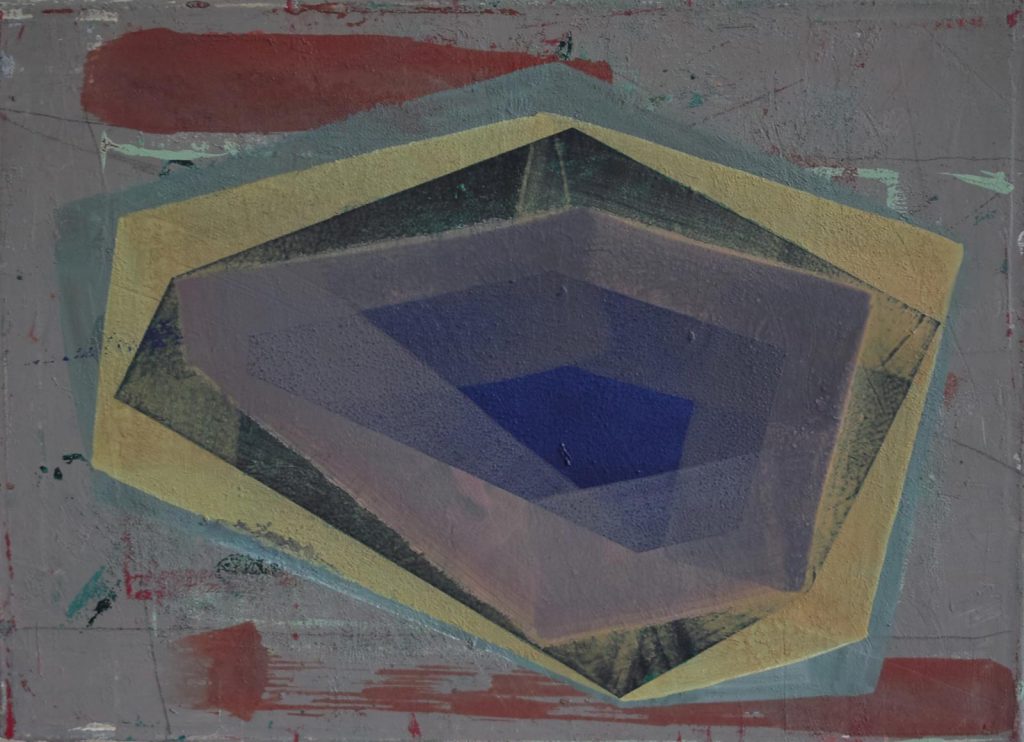
Recently, whilst stumbling around on the internet, I discovered that there is a new computer program, one that attempts to tease out any influences upon an artist. The program analyses the artist’s use of space, form, shape, colour, and perhaps a myriad otherfactors, whilst deducing the painting’s genre (Classical, Expressionist or Realist, for example). However, in my experience, often it is surprising to learn of one artist’s enthusiasms for another, and rarely self-evident within their work. Why one artist likes the work of another can be a difficult thing to account for. Influence takes many forms and doesn’t necessarily manifest itself in the direct look of a work; it can hover in the background – what not to paint or sculpt for example; it can feed a resolve in attitude; it can determine choice.
‘Lines for Agnes’ gathers together nine contemporary painters, mostly based in Britain (one lives in Italy), for an exhibition related to Agnes Martin and her work. It’s not unusual for Martin to be cited as an inspiration by younger artists; Eva Hesse and Ellen Gallagher for example both identified her as such. Martin herself was more circumspect around the idea of influence, stating that “while you go along with others, you are not really living your life.” She did however praise Mark Rothko for having “reached zero so that nothing could stand in the way of truth.” And, perhaps, following Rothko’s example (and possibly that of her friends Barnett Newman and Ad Reinhardt) Martin pared her work down to the most reductive elements, with an emphasis upon line, grids, and fields of subtle colour.
“The Minimalists are idealist. They want to minimize themselves in favor of the ideal… But I just can’t. You see, my paintings are not cool.” AM
50 years ago, when Martin developed her signature style, Modernism was still leading the way. Painting was on a path away from pictorial depth and complexity and towards flatness – purged of all metaphor, equality of parts, repetition and neutral surfaces. Minimalism and Formalism gave us the all-over monochrome, the stripe and the grid painting. These were standardised forms, defined by their neutrality, anonymity and a subduing of gesture – which, in Martin’s hands, was continually and subtly undermined. By retaining small flaws and traces of the artist’s hand, we can see that she combined the geometry of Minimalism and something of the expressivity of abstract painting – which could still offer new possibilities within contemporary painting. Her use of colour (which seems to bleed, waver and tremble) and the fragile materiality of her surfaces, along with the traces of her touch, would now appear to make the images more sympathetic to younger artists.
Martin’s statements, her intense desire for solitude, her paintings and writings, the sense of self-analysis and reflection and her imperfect grids, have variously been identified as inspiring to each of the artists in Lines for Agnes. However for some the relationship to their work is tangential. The aim of the exhibition is not to illustrate direct influences or particularreferences to Martin in the selected works, but rather to set up ‘conversations’ between herwork and that of contemporary British painters, addressing themes that have become central within contemporary painting practice, including touch, materiality, the recording of the passing of time, and painting as process.
Each one of the artists in this exhibition is represented by one or two modestly sized paintings. A partial list of the features associated with those paintings might include: openness and sense of play and discovery; a lightness of touch; an encounter with incident and accident. They are abstract, non objective, geometric; incorporating grids, lines, forms and coloured surfaces. It would be inaccurate to describe the work as connected by one essential common feature, but rather they are connected by a series of overlapping similarities, where no one single feature is common to all.
During the initial discussion for the show the nine artist each provided a short written text, each discussing and identifying their own points of reference to Martin and her practice. It’s perhaps no surprise that within these writings we once more are able to discern, as in the work itself, further instances of convergence and an interrelatedness through a series of overlapping commonalities:
‘I am interested in scale and the experience of seeing work at different distances; the parts and the whole, a calm minimalism of a distant view and something quite different when the work is experienced at close hand.’ (Gemma Cossey)
‘Walking in the landscape along the coastline of North Norfolk, the minutiae and the immensity to my gaze, my relationship with a particular linen canvas and my distilled sense of this shifting landscape is all informed by the works of Agnes Martin.’ (Polly Binns)
‘In my paintings I aim, through colour to balance the visual with my own sensations of a particular moment.’ (Julia Ball)
‘Something of the self is given over in the rituals of painting also. The light emerges. The colours move the inside world closer to the joy of living and some of the difficult questions have been answered in the moment.’ (Jason Miller)
‘I empathise with MS Martin’s distrust of the ego and the damage it can cause to the work……and believe the world to be an infinitely complex mix of ego and zen and all thingsin between. I do know that for the work to succeed, the inspiration has to be visible in the work – however that might manifest itself.’ (Sue Kennington)
‘I often work from objects and surfaces that carry visible records of touch. In Agnes Martin’s work the delicately drawn grids, their potential for containment and expansion beyond the physical edges of the painting, are fragile traces of human touch.’ (Rebecca Lowe)
‘grids disappear perhaps to be excavated once more…..not the ‘gridded vistas of sublime infinities’ but…an armature upon which intuitive or subjective enquiry can push against.'(Terry Greene)
‘A sensuous material aesthetic, focusing on colour, luminosity and the treatment of thepainting surface, through a dialogue with process….my paintings are memories of feltmoments of being in the world, combining inner and outer elements.’ (Ruth Philo)
‘Wonder, mystery, honesty, transparency, and an active searching, these are the qualities I look for through my own drawing and painting practice. A playful ranging across surfaces; the emergence of images that shift in and out of focus. My work begins with a tactile relationship to the support, I choose the materials for their loading and colour for its
operation. I hold on lightly to the grid, a net that catches thoughts and references, a patterning from the world.’ (Marion Piper)
(All excerpts reproduced by kind permission of the artists)
“The value of art is in the observer.” A M
For any deeper, or more encompassing experience of the work within Lines for Agnes, It’s perhaps important to remind ourselves that the ‘themed group show’ places the individual paintings, temporarily, in a new conversation and context. Although there can be a crucial gap between the artists’ original intentions and the context of a curatorial theme, with its specific remit, the two are not irreconcilable. A show’s title points in only one direction – and we should always be aware of not making the mistake of solely equating that with the artists’ original intentions (after all making a work of art, is a process of inquiry during which an artist makes a series of decisions that can lead in various directions). Lines for Agnes is not intended to be a didactically themed show explicitly espousing a curator’s argument – rather it’s one small step towards emphasizing the contemporary aesthetic validity of the work of Martin (should it indeed require it). It’s not for these artists to naively mimic Martin’s work, but perhaps rather to imitate her virtues.
Terry Greene, 2015



